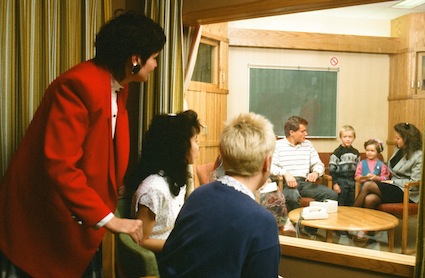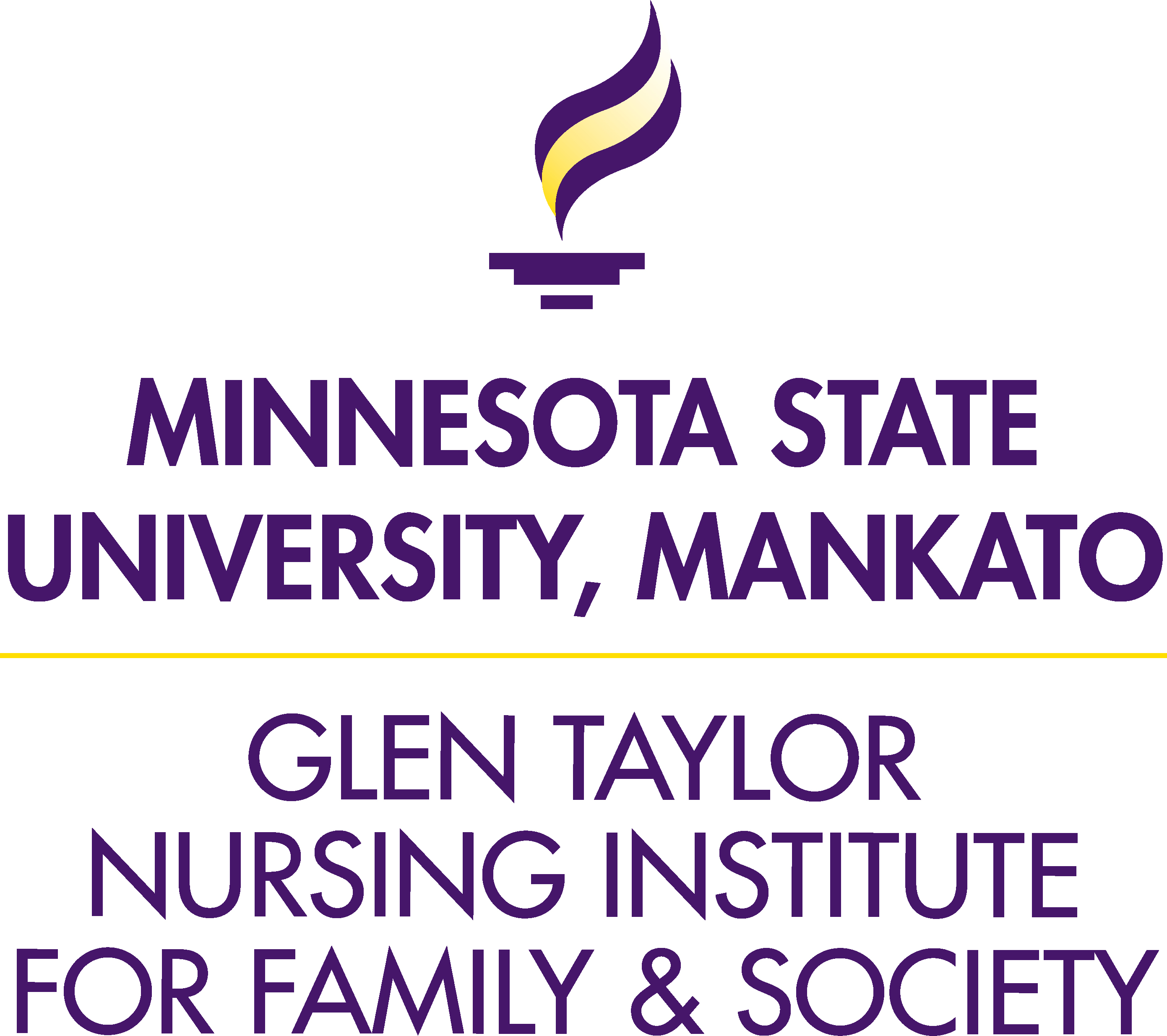This post originally appeared on October 22, 2016, on Dr. Janice M. Bell’s blog. It has been reposted with the author’s permission.

Over the past four decades, nurses have been changing their usual patterns of clinical practice as they shift from caring for only the “individual patient” to thinking about the “family as the patient” and increasingly welcoming, including, and involving families in nursing practice. Family nursing theories, practice models, and intervention research are contributing to the mounting evidence that #familynursing makes a difference to family health and healing and to the work satisfaction of nurses (Bell, 2015; Östlund & Persson, 2014; Svavarsdottir et al., 2015). The first International Family Nursing Conference was held in Calgary in 1988. The Journal of Family Nursing was launched by SAGE Publications in 1995. The International Family Nursing Association became a reality in 2009. Why then is family nursing and an emphasis on family care still not “usual practice” in most health care encounters?
I’m convinced that social media holds incredible promise to help make #familynursing more VISIBLE (Bell, 2010). If every family nurse would commit to using social media to share current knowledge about family nursing models, tools, research findings, nursing education resources, and exemplars of success and failure, we could speed up the time it takes for the diffusion of innovation of #familynursing knowledge.
Here are 3 ways to use social media to make #familynursing more visible:
1. FIND OR CURATE #familynursing CONTENT THAT IS WORTH SHARING.
Some suggestions for content include:
a) The International Family Nursing Association (IFNA) website is an open website that contains a wealth of family nursing resources for practice, research, and education including Position Statements, curated bibliographies, practice models, educational innovations, webinars, stories of family nursing development in a variety of countries, and global member news. While IFNA’s reach is growing, what would happen if even every IFNA member/leader of each IFNA Standing Committee were to commit to a social media plan to share just one IFNA website resource per week? (If you are one of these #familynursing leaders, please take note!)
b) Search the hashtag #familynursing to see who in your network is posting and tweeting about this topic. Include a “shout out” to their content. I maintain a list of people in my “tribe” who are tweeting about family nursing. Those who are regularly blogging about #familynursing include: Lorraine Wright, Wilma Schroeder, the IFNA Blog edited by Joel Anderson, and read my blog posts on my personal website.
c) Select a new journal article to share. Many journals display social media buttons in the online version of the publication and are using tools such as Kudos, Altmetric, and others to collate social media metrics about the reach of each publication.
d) Post a “thank you note” to a #familynursing colleague and include a URL to their work. (I’ve recently discovered the Moment option on Twitter which links a collection of tweets.)
e) Promote your own work and ideas in #familynursing and always include a URL to the information you are sharing.
2. START SMALL.
Commit to sharing #familynursing content at least once each week: one email to a colleague, one Facebook post, one tweet, or one LinkedIn post–each message containing a URL link to the family nursing resource you are highlighting. That means at least 52 more efforts to make #familynursing more visible in the world!
3.USE THE HASHTAG #familynursing.
Ensure you use the hashtag #familynursing to make your message searchable by others. Also include the handle of the source of your information, i.e, @ifnaorg, etc.
My dream is that one day #familynursing will become so visible that every family in every health care encounter will come to expect and even request that #familynursing be routinely offered to their family.
References:
Bell, J.M. (2010). Social media and family nursing: Where is my tribe? [Editorial]. Journal of Family Nursing, 16(3), 251-255. doi:10.1177/1074840710378404
Bell, J. M. (2015). Growing the science of Family Systems Nursing: Family health intervention research focused on illness suffering and family healing [L’avancement de la recherché sur l’intervention infirmiere systémique en santé familiale: bilan]. In F. Duhamel (Ed.), La santé et la famille: Une approche systémique en soins infirmiers [Families and health: A systemic approach in nursing care] (3rd ed., 102-125.) Montreal, Quebec, Canada: Gaëtan Morin editeur, Chenelière Éducation. [in French] English language translation available from U of C Institutional Repository, PRISM: http://hdl.handle.net/1880/51114.
Östlund, U., & Persson, C. (2014). Examining family responses to Family Systems Nursing interventions: An integrative review. Journal of Family Nursing, 20, 259-286. doi:10.1177/1074840714542962
Svavarsdottir, E. K., Sigurdardottir, A. O., Konradsdottir, E., Stefansdottir, A., Sveinbjarnardottir, E. K., Ketilsdottir, A.,…Gudmundsdottir, H. (2015). The process of translating family nursing knowledge into clinical practice. Journal of Nursing Scholarship, 47(1), 5-15. doi: 10/1111/jnu.12108
Janice M. Bell, PhD, RN, is Associate Professor Emerita at the University of Calgary , co-chair of the IFNA Communications Committee, and founding editor of the Journal of Family Nursing. She co-developed the Illness Beliefs Model and focuses her scholarship on illness suffering, family healing, therapeutic conversations with families, family interventions in health care, and family intervention research. You can follow her on Twitter at @janicembell.
